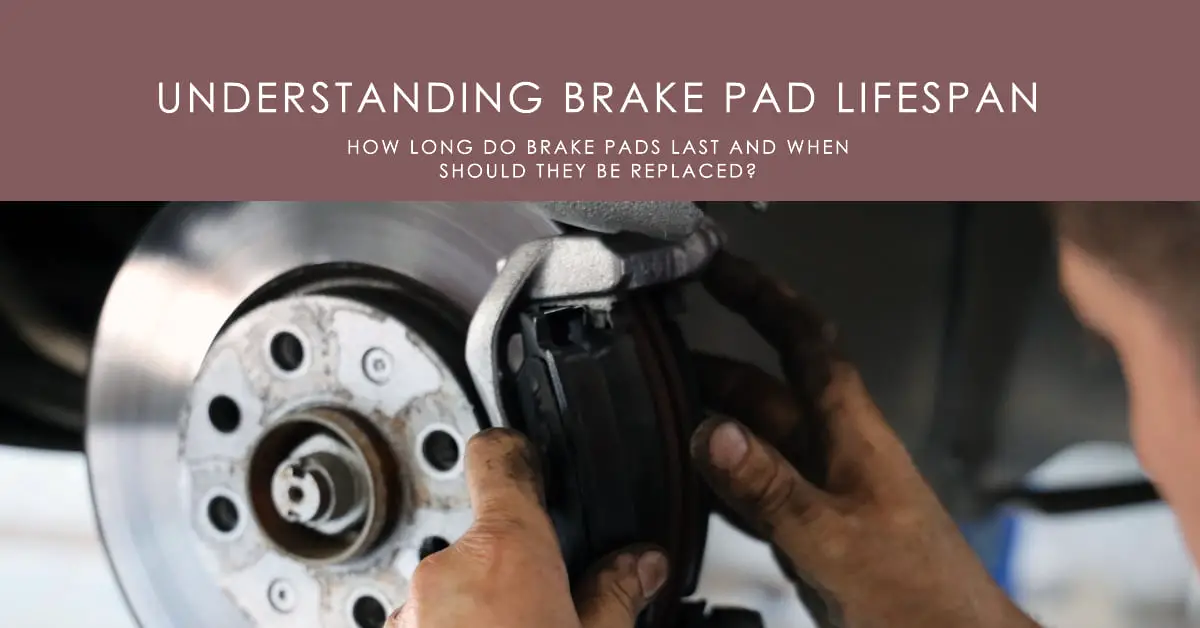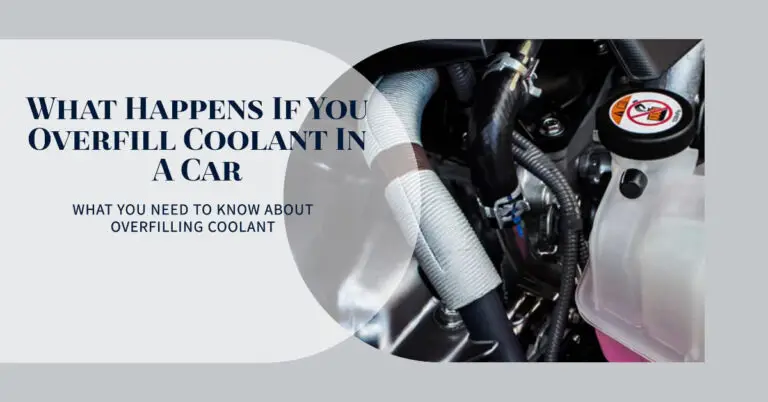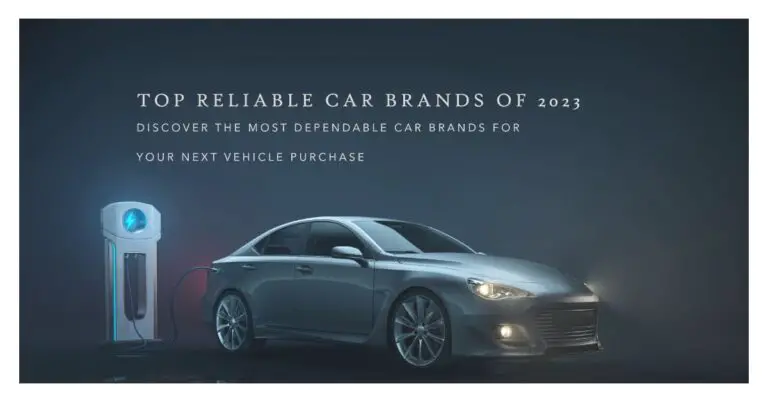How Long Do Brake Pads Last? A 2024 Guide to Understanding Brake Pad Lifespan

Brake pads are a crucial component of a vehicle’s braking system. They are responsible for slowing down or stopping the vehicle when the brake pedal is applied. However, like all other parts of a car, brake pads also have a limited lifespan and need to be replaced periodically.
The question that arises is, how long do brake pads last? The answer to this question depends on various factors such as the type of brake pad, driving habits, and driving conditions. In general, most good-quality brake pads last for around 50,000 miles. But this is just an average estimate, and the actual lifespan of brake pads can vary significantly.
Therefore, it’s important to keep an eye on the condition of your brake pads and replace them when necessary to ensure your safety on the road.
Table of Contents
Factors Affecting Brake Pad Lifespan
The lifespan of brake pads can vary depending on several factors. Here are some of the most important factors that affect the lifespan of brake pads.
1. Driving Habits
The way a driver operates their vehicle can have a significant impact on the lifespan of their brake pads. Hard braking, frequent stops, and aggressive driving can all wear down brake pads faster than normal. Conversely, gentle braking, coasting to a stop, and smooth driving can help extend the life of brake pads.
2. Driving Conditions
Driving in harsh conditions can also affect the lifespan of brake pads. For example, driving in hilly or mountainous areas can put more strain on the brakes, causing them to wear down faster. Similarly, driving in stop-and-go traffic or on dusty roads can also shorten the lifespan of brake pads.
3. Brake Pad Material
Different types of brake pads have different lifespans. For example, ceramic brake pads are known for their durability and can last up to 70,000 miles, while semi-metallic brake pads may only last around 50,000 miles. Organic brake pads are the least durable and typically need to be replaced after 25,000 miles or less.
4. Brake Pad Quality
The quality of the brake pads can also affect their lifespan. High-quality brake pads are made from better materials and are designed to last longer than cheaper, lower-quality options.
5. Brake System Maintenance
Regular maintenance of the brake system, including brake pads, can help prolong their lifespan. This includes regular inspections, cleaning, and replacement of worn or damaged parts.
Signs of Worn Brake Pads
When it comes to maintaining your vehicle, keeping an eye on your brake pads is crucial. It’s important to know when it’s time to replace them before they become too worn and potentially dangerous. Here are some signs to look out for:
Squeaking or Squealing Noise
One of the most common signs of worn brake pads is a high-pitched squeaking or squealing noise when you apply the brakes. This sound is usually caused by a small metal shim, called a wear indicator, that is attached to the brake pad. When the pad wears down to a certain point, the wear indicator contacts the rotor and produces the noise.
Grinding Noise
If you hear a grinding noise when you apply the brakes, it’s a sign that the brake pads are worn down to the metal backing plate. This can cause serious damage to the rotor and other brake components if left unaddressed. If you hear this noise, it’s important to have your brakes checked by a professional as soon as possible.
Reduced Braking Performance
If you notice that your vehicle is taking longer to stop or the brakes feel less responsive than usual, it could be a sign that the brake pads are worn down. This can be a serious safety issue, especially in emergency situations where you need to stop quickly.
Vibration or Pulsation
If you feel a vibration or pulsation in the brake pedal when you apply the brakes, it could be a sign that the brake rotors are warped or damaged. This can be caused by prolonged use of worn brake pads, which can generate excessive heat and cause the rotor to warp. If you experience this issue, it’s important to have your brakes checked by a professional.
Visual Inspection
Finally, it’s always a good idea to visually inspect your brake pads periodically. You can usually see the brake pads through the wheel spokes. If the pads look thin or worn down, it’s time to have them replaced. Additionally, if you notice any cracks or other damage to the pads, it’s important to have them checked by a professional.
How Long Do Brake Pads Last on Average?
Brake pads are a crucial component of a vehicle’s braking system, responsible for slowing down or stopping a vehicle when the brake pedal is applied. However, brake pads are subject to wear and tear, and they need to be replaced periodically to ensure that the braking system continues to function correctly.
On average, brake pads last between 30,000 and 70,000 miles, depending on several factors. The lifespan of brake pads depends on factors such as the type of brake pad, driving style, vehicle type, and driving conditions.
The lifespan of brake pads can vary depending on the type of brake pad material. For example, organic brake pads are typically the least durable and may last between 30,000 to 40,000 miles. Semi-metallic brake pads are more durable and can last between 40,000 to 50,000 miles. Ceramic brake pads are the most durable and can last up to 70,000 miles.
Driving style and habits also play a significant role in determining the lifespan of brake pads. Aggressive driving, such as sudden stops and hard braking, can wear down brake pads faster than gentle, smooth driving.
The type of vehicle can also affect the lifespan of brake pads. Heavier vehicles, such as trucks and SUVs, require more force to stop, which can cause brake pads to wear down faster. Similarly, vehicles that are used for towing or hauling heavy loads may experience faster brake pad wear.
Finally, driving conditions can also affect the lifespan of brake pads. Driving in hilly or mountainous terrain can cause brake pads to wear down faster due to the need for more frequent braking. Similarly, driving in stop-and-go traffic can cause brake pads to wear down faster than driving on highways.
What Affects the Longevity of Brake Pads?
The lifespan of brake pads can vary depending on several factors. Here are some of the key factors that affect the longevity of brake pads:
Driving Habits
Aggressive driving, such as hard braking and rapid acceleration, can significantly reduce the lifespan of brake pads. Conversely, gentle driving and smooth braking can help extend the life of brake pads.
Road Conditions
Driving on rough or hilly terrain can cause more wear and tear on brake pads compared to driving on flat, smooth roads. Additionally, driving in wet or icy conditions can also reduce the lifespan of brake pads.
Type of Brake Pad
Different types of brake pads have varying lifespans. For example, ceramic brake pads are known for their durability and can last up to 70,000 miles, while organic brake pads may only last around 25,000 miles.
Quality of Brake Pad
The quality of the brake pad can also affect its lifespan. Higher quality brake pads tend to last longer and perform better than lower quality options.
Vehicle Weight
The weight of the vehicle can also impact the lifespan of brake pads. Heavier vehicles require more force to stop, which can cause more wear and tear on the brake pads.
By keeping these factors in mind and practicing good driving habits, drivers can help extend the lifespan of their brake pads and ensure their vehicle is safe to drive.
How to Extend the Life of Your Brake Pads?
To ensure that your brake pads last as long as possible, there are a few things you can do. Here are some tips to help you extend the life of your brake pads:
- Drive with the flow of traffic: Avoid any unnecessary heavy braking by driving with the flow of traffic. This will help prevent your brake pads from wearing out too quickly.
- Maintain a safe following distance: Give yourself plenty of following distance from the car in front of you so you can coast to a nice, easy stop. This will help reduce the need for sudden and heavy braking, which can wear out your brake pads more quickly.
- Remove any unnecessary weight from your vehicle: The more weight your vehicle is carrying, the more work your brakes have to do to stop it. Remove any unnecessary weight from your vehicle to reduce the strain on your brake pads.
- Avoid excessive speeding: Braking is the number one cause of premature brake pad wear. It is crucial to know that coming to a complete stop from high speeds will force your pads to dissipate more energy than if you stopped at lower speeds. Brake pads wear out faster when they have to work harder, so avoid excessive speeding to extend the life of your brake pads.
- Service your brakes regularly: One of the best ways to extend the life of your brake pads is to service them. Do this at least once every six months. You can combine brake servicing with tire rotation to help you remember. When doing any kind of DIY work, remember to wear protective equipment, including gloves and goggles.
When to Replace Brake Pads?
Brake pads are an essential component of a vehicle’s braking system, and they play a crucial role in ensuring the safety of the driver and passengers. Over time, the brake pads wear out and need to be replaced to maintain optimal braking performance.
The question of when to replace brake pads is a common one, and the answer depends on several factors, including the type of brake pads, driving conditions, and driving style. As a general rule, brake pads should be replaced when they reach their service limit, which is usually about 0.1 inch.
The service limit is the minimum thickness of the brake pad material. If the brake pads are worn beyond the service limit, they will not be able to provide sufficient stopping power, which can lead to longer stopping distances and potentially dangerous situations on the road.
There are several signs that indicate that it’s time to replace the brake pads. One of the most common signs is a high-pitched squealing noise when the brakes are applied. This noise is caused by a wear indicator that is built into the brake pads to alert the driver when the pads are worn out.
Another sign that it’s time to replace the brake pads is if the brake pedal feels spongy or soft when it’s pressed. This can indicate that the brake pads are worn out or that there is air in the brake lines.
In addition to these signs, it’s also important to have the brake pads inspected regularly by a qualified mechanic. They can check the thickness of the brake pads and determine if they need to be replaced.
Conclusion
All in all, the lifespan of brake pads depends on a variety of factors such as driving habits, driving conditions, and the material composition of the pads. Good quality brake pads can last up to 50,000 miles, while some luxury car brake systems have ceramic pads that are meant for comfortable braking and can last longer. Carbon ceramic brakes are also available but are not meant for high-performance conditions.
It is important to monitor the thickness of brake pads regularly and aim for a thickness of 8-12mm when buying new ones. When the pads reach 6.4mm or less, it may be time to invest in new ones.
In addition to replacing brake pads, it is also important to maintain the brake system as a whole. Regular inspection and maintenance of the brake rotors, calipers, and brake fluid can extend the lifespan of the brake system and ensure safe and efficient braking.
Overall, by following proper maintenance and replacement schedules, drivers can ensure the longevity and effectiveness of their brake system, providing a safer and smoother driving experience.
FAQs
Can I replace just one brake pad?
It is not recommended to replace just one brake pad. It is best to replace both front or both rear brake pads at the same time to ensure even braking. If you replace only one brake pad, it can cause uneven wear on the other brake pad, which can lead to more problems down the road.
How often should I have my brake pads checked?
It is recommended to have your brake pads checked at least once a year or every 12,000 miles. However, if you notice any signs of wear or hear any unusual noises when braking, it is best to have them checked as soon as possible.
How do I know when it’s time to replace my brake pads?
There are a few signs that indicate it’s time to replace your brake pads. These include a squeaking or grinding noise when braking, a longer stopping distance than usual, or a vibration in the brake pedal. If you notice any of these signs, it’s best to have your brake pads checked as soon as possible.
Can I replace my own brake pads?
While it is possible to replace your own brake pads, it is recommended to have a professional mechanic do it for you. Brake pads are a crucial component of your vehicle’s safety system, and it’s important to ensure they are installed correctly to avoid any potential issues.
How long do brake pads last?
Most good-quality brake pads last about 50,000 miles. However, this can vary depending on a range of factors, including your driving habits, the car’s momentum, driving conditions, and the material composition of the pads. It’s important to have your brake pads checked regularly to ensure they are in good condition.







